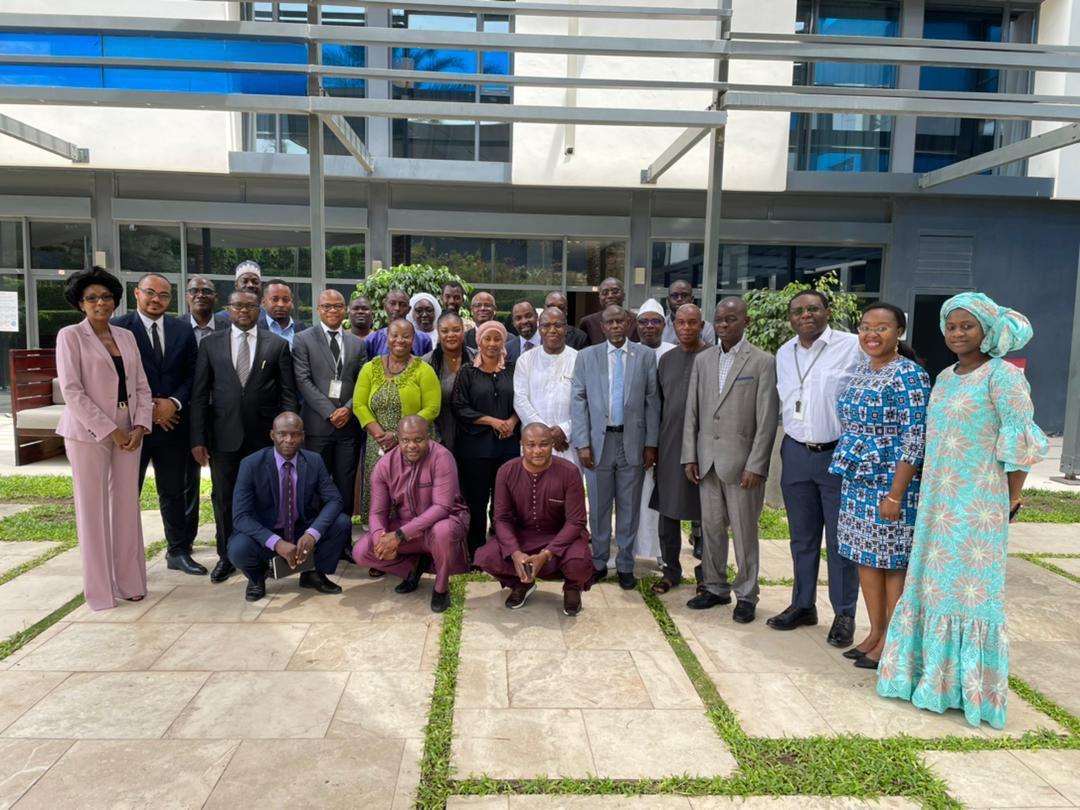A Decade of Agriculture Index Insurance in Africa: Looking Back, Looking Forward

In August 2020, the GIIF team commissioned a study by the Wageningen University and Research (WuR) to generate lessons learned in perception, adoption, and understanding of agriculture index insurance by firms and smallholders in Kenya, Senegal, and Zambia. The study was recently concluded. A review of the portfolios and experiences among three companies – ACRE Africa (Kenya), Compagnie Nationale d’Assurance Agricole du Sénégal (CNAAS), and Mayfair Zambia – reveals successes, opportunities and challenges yet to be overcome in mainstream agriculture index insurance (AII) among farmers across Africa. The three case studies show that thanks to the GIIF Program’s technical assistance, training, and financial support, the agriculture index insurance sector in these three countries has evolved as evidenced by firm portfolio growth, a number of actors involved, and diversification of products, as well as several farmers, insured.
While not a country study, each of these case studies gives a sense of the evolution and market potential of the sector in the respective country. In collaboration with the GIIF team, the WuR researchers recently presented key findings and recommendations to stakeholders during lively engagements. The stakeholders also reflected on three critical aspects that will push the agriculture index insurance agenda forward in each country. These were: how to increase farmer literacy on insurance and AII; how to operationalize the policy landscape to foster the growth of AII; and how to streamline coordination among various actors to prioritize scaling of AII. The summary country presentations are found here. The study is a critical part of GIIF research and analytical work and feeds directly into the team’s potential next steps in these countries.
Specifically, the WuR research team explored various thematic areas such as relevance, efficiency, and coherence. In all this work, the AII products reviewed are designed to tackle risks related to climatic shocks especially drought and excessive rainfall. Aggregators showed high levels of awareness and knowledge about the insurance, whereas farmers were much less aware and knowledgeable about it, especially in cases of compulsory insurance. In Senegal, the bundling of the insurance product with credit was a critical success factor while in Zambia it was the inclusion in the national Farm Input Subsidy Program (FISP) that enhanced both credibility and geographic reach. In Kenya, working with large aggregators supported both reach and uptake, especially in the period that they were combined with premium subsidies. Worth noting in Kenya is that the AII product studied – Bima Pima – a relatively new and innovative microinsurance product – was purchased by farmers voluntarily unlike the other products.
Some of the emerging areas of focus raised by the stakeholders will impact the design of donor-funded programs in agriculture index insurance within the broader climate risk insurance landscape. These include:
• Bundling of agriculture index insurance products with health and funeral expense covers enhances uptake.
• Premium subsidies are critical for increasing access and affordability but how can they be designed smartly to ensure industry sustainability over the long term?
• Accompanying the farmers along the agriculture index insurance product journey will ensure literacy and sustained uptake.
• Smart and strategic public-private partnerships at the industry level especially through AII technical working groups to synergize awareness creation, marketing, product enhancements, and overall sector coordination are required to support the scaling of AII.
• Targeting the products to specific agribusiness value chains and distribution channels especially aggregators is a critical lifeline.
• Efficient claims payouts stimulate product uptake among farmers. In the case of national farm input subsidy-linked programs, the payout timelines should be delinked from government timelines to increase payout timeliness and efficiency.
From the sessions some industry opportunities and implications for GIIF and the new Africa Inclusive Insurance Program are emerging:
• Driving innovation through digitalization and insurtech can increase awareness creation and reduce enrolment and distribution costs in reaching last mile rural farmers, especially female-headed households. The Africa Inclusive Insurance Program is developing an insurtech roadmap for Africa to guide product development and regulatory dimensions .
• GIIF is supporting the Global Shield against Climate Risk – an initiative by the InsuResilience Global Partnership – to decrease the protection gap for the most vulnerable beyond agricultural index insurance. Commercial opportunities lie in bundling of AII with credit, inputs, agronomic information, crop protection as well as other insurance forms (health, business continuity, funeral cover, and so on).
• Scaling up AII uptake among farmers will require product innovations, geodata for geographic diversification, portfolio risk management (including implementation of the AII chain between insurance company, intermediary structures and farmers), and increasing awareness of AII product benefits among rural farmers.
The promise of farmer-responsive AII products in raising agricultural productivity, incomes, and resilience is immense. It will take the coordinated efforts of all market actors – philanthropic, public, and private – to make it a reality for millions of Africa’s rural smallholders.
1 The study confirmed the potential of this idea, and also showed that smallholder farmers have limitations in digital literacy and access, as well as limited trust in digital-only modalities of AII. This is a point to be considered in the insurtech roadmap currently under development.
